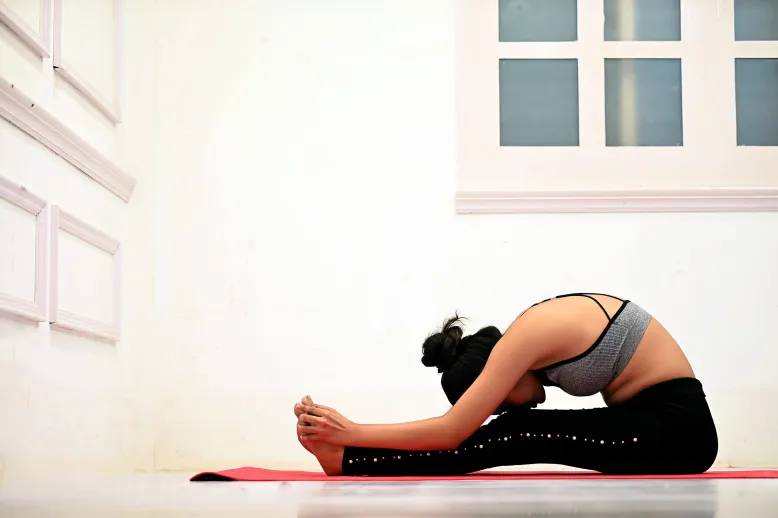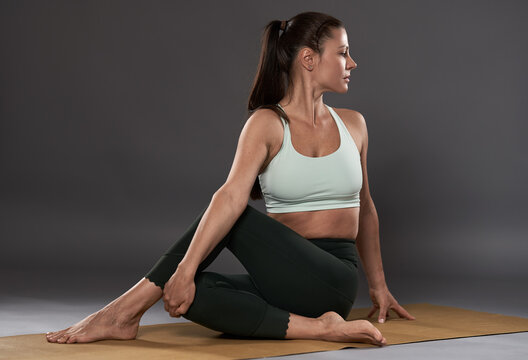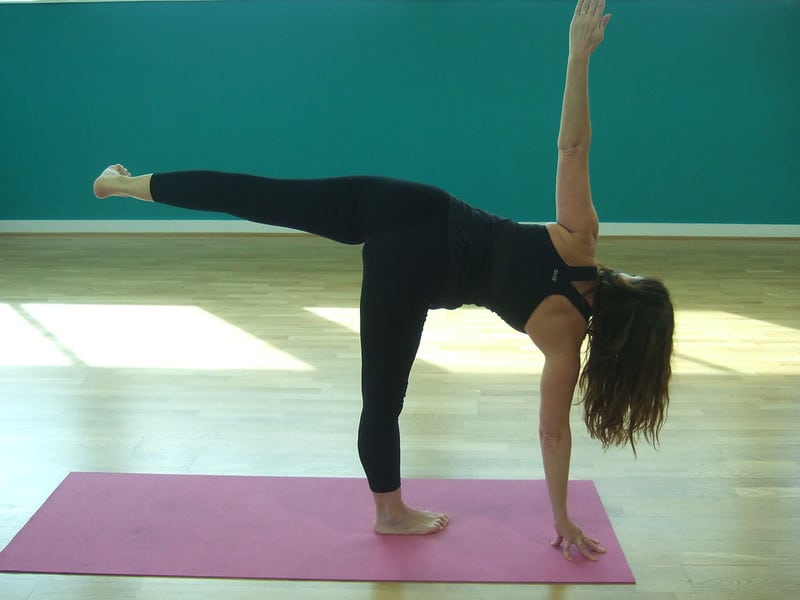Paschimottanasana is an ancient yoga practice known for its profound benefits. Also known as the Seated Forward Bend, this ancient asana maintains a particular place in the hearts of practitioners around the world.
It is valued for its capacity to promote physical, mental, and emotional well-being. “Paschimottanasana” is derived from Sanskrit and means “intense stretch of the west side of the body,” indicating that it focuses on forward folding and elongating the posterior muscles.
Beyond its outward form, Paschimottanasana digs deep into the heart of yoga, providing a comprehensive approach to health and balance. In this article, we will look at the many benefits of Paschimottanasana, including its transforming powers for both the body and the mind.
Table of Contents
TogglePhysical Benefits of Paschimottanasana :
Paschimottanasana focuses primarily on the posterior chain of muscles, which includes the hamstrings, lower back, and spine. The elongation and stretching of these muscles provide a wide range of physical benefits:
- a. Improved Flexibility: Regular Paschimottanasana practice gradually enhances flexibility in the hamstrings and spine, improving overall mobility and range of movement.
b. Relief of Lower Back Pain: The gradual stretching of the lower back muscles relieves tension and discomfort, making Paschimottanasana a therapeutic position for people who suffer from chronic lower back pain.
c. Stimulated abdomen Organs: The forward fold compresses the abdomen area, stimulating the digestive organs and aiding digestion. This mild massage also helps to alleviate constipation and indigestion. - Improved Circulation: As the torso folds forward, blood flow to the abdominal organs increases, resulting in greater circulation and oxygenation throughout the body.
a.Toned Abdominal Muscles: Paschimottanasana works the abdominal muscles, which helps to strengthen and tone the core over time. This not only improves posture but also strengthens the spine, lowering the likelihood of injury.
Mental and Emotional Benefits:
Beyond its physical consequences, Paschimottanasana has a profound effect on the mind and emotions, encouraging a sense of calm and inner harmony.
- tension Reduction: The soft, meditative aspect of Paschimottanasana relaxes the neurological system, lowering tension and anxiety levels. The deep breathing and introspective focus associated with this pose enhance relaxation and mental clarity.
- Increased Mindfulness: Paschimottanasana encourages practitioners to focus on their breath and bodily sensations. This increased awareness promotes a stronger connection between the mind, body, and spirit.
- Emotional Release: As tension in the body is released, Paschimottanasana creates a safe space for emotional release. Many practitioners report a sensation of catharsis or emotional cleansing while and after executing this posture, which allows suppressed emotions to arise and evaporate.
- Improved Concentration: Maintaining appropriate alignment in Paschimottanasana requires inward focus, which improves concentration and mental clarity. This meditative feature of the position helps boost cognitive function and decision-making abilities.
- Patience and Acceptance Development: Paschimottanasana teaches practitioners the importance of patience and acceptance as they go to deeper strains and greater flexibility. This nonattachment thinking continues beyond the yoga mat, cultivating perseverance and equanimity in the face of life’s obstacles.
Energetic Benefits:
In addition to its physical and emotional consequences, Paschimottanasana stimulates the body’s subtle energy systems, fostering balance and vitality:
- Manipura Chakra Activation: Paschimottanasana’s forward fold stimulates the Manipura chakra, which is located in the solar plexus. This energy center controls self-confidence, willpower, and digestion, and its activation promotes a sense of personal empowerment and inner strength.
- Prana and Apana Vayu Balancing: Paschimottanasana helps to balance the flow of prana (life force energy) and apana (eliminating energy) throughout the body. This energy balance fosters overall health and vitality.
- Grounding and Centering: Paschimottanasana’s earthbound nature anchors practitioners in the present moment and fosters a sense of stability and centeredness.
Conclusion:
Paschimottanasana (Seated Forward Bend) exemplifies yoga’s transformational effect. This ancient asana provides a comprehensive approach to health and wellness by affecting the body, mind, and spirit in gentle yet powerful ways.
Paschimottanasana promotes self-awareness and inner serenity by improving flexibility, physical vigor, mental clarity, and emotional resilience.
As practitioners devote themselves to the practice of Paschimottanasana with dedication and attention, they gain deep benefits that permeate every aspect of their lives.
Frequently Asked Questions ?
Paschimottanasana, a yoga pose, can improve digestion, reduce stress, increase blood flow, and enhance flexibility. However, it should be practiced with proper form and guidance from a qualified instructor, especially if you have pre-existing health conditions.
Paschimottanasana, or the Seated Forward Bend, can indirectly improve heart health by reducing stress and improving blood circulation.
However, it should not be considered a direct treatment or preventative measure for any heart condition.
It’s important to consult a doctor before practicing yoga and ensure modifications are made if needed. Additionally, straining can be counterproductive, so focus on gentle stretching and proper breathing.
No, Paschimottanasana (Seated Forward Bend) generally won’t directly increase your height after your growth plates have closed, which typically happens by around age 25.





No Comments